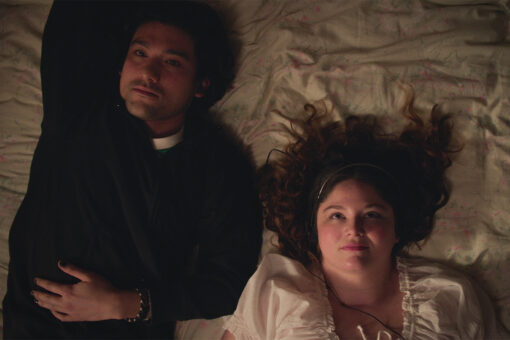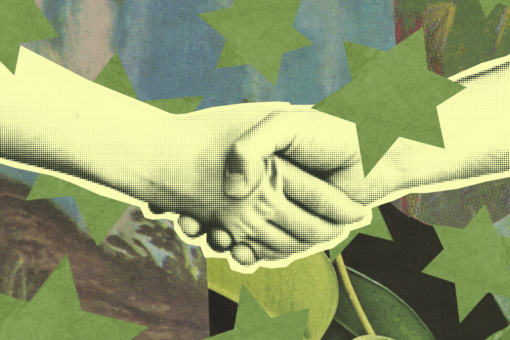Growing up, Mimouna was my favorite holiday. A North African Sephardic holiday that celebrates the end of Passover, Mimouna meant seeing my extended family, eating the yummiest food, and celebrating my Jewish heritage. It is said to bring health and prosperity to all who celebrate.
Sephardi Jews celebrate Mimouna on the yahrzeit (anniversary of the death) of Maimon ben Joseph, the father of Maimonides, who wrote about Jewish-Islamic cooperation in the 1100s. Mimouna comes from the Arabic word for wealth, literally meaning protected by God. It’s a holiday meant to thank God for the many blessings given over the past year, and to once again make our crops plentiful. Others associate the holiday with belief — specifically, believing that we will all be in Israel one day, and disappointment that another Passover has come and gone where we didn’t celebrate in Jerusalem.
The holiday involves eating a lot of carbs, Sephardic superstitions, and inviting the whole community to join the celebration at your home. After not eating hametz for a whole week, stuffing your face with crepes and mofletta is the only way to celebrate the end of Passover. Of course, this year, we can’t celebrate in the traditional way we’re used to, but I’ve made a guide for you to throw your own Mimouna, with some coronavirus modifications to boot.
1. Invite your friends!
You must spend Mimouna with as many people as possible. In Morocco, people would travel around the neighborhood attending as many celebrations as possible. The Sephardic community in San Diego used to all gather at one house and stuff as many carbs as possible into their mouth. Amidst the spread of COVID-19, it’s perfectly fine to have your Mimouna party on Zoom!
2. Make your Mimouna table and gather the essentials.
When preparing for Mimouna, my mother would prepare a table with all the symbolic foods for the holiday, including fish (money), dates (fertility), silver (luck), flour (countless blessings), honey (happiness), jam (sweet life), and flowers (beauty). Our table at home was always covered in flowers, fresh fruit, and a large platter with nuts, dates, and other foods we would eat throughout the day.
At the center of the table, a large bowl is filled to the brim with flour and five silver pieces. The number five represents the five fingers of the hamsa, said to ward of the evil eye and protect those who put up the symbol in their homes. This year, flour is a hot commodity, so if you can’t find any or don’t want to waste the precious resource, consider using cornstarch or baking soda instead.
3. Bake, cook, or buy your favorite not Kosher-for-Passover items.
The best part about Mimouna is that you are supposed to eat as many bread products as possible, and you can’t feel bad about it. My favorites growing up were Nutella crepes, freshly baked challah, and mofletta. Mofletta is a traditional Moroccan pancake — it’s a lot like a French crepe, but a little doughier. I love the combination of mofletta and apricot jam — but you can’t go wrong with whatever spread you use. You can find an authentic mofletta recipe here or alternatively, if you can safely get to a Trader Joe’s, check out their brioche bread and chocolate cake. Make sure to include traditional foods like dates, figs, and fruit jam if you can.
4. Flour on your forehead.
When people enter your home (or join your online Zoom conference) make sure to put flour on their forehead, as it’s meant to bring luck and riches! The flour typically comes from the bowl of flour with five silver coins that’s a part of your Mimouna table. Personally, I think it’s Sephardic Jews trying their own version of Ash Wednesday. As people log onto Zoom remind them to put flour (or whatever flour substitute) on their forehead and wish your friends prosperity over the coming months.
5. Wear a caftan or loose-fitting pants.
Obviously, this holiday involves eating a lot of really yummy food (as do most Jewish holidays) and the best way to eat as much food as humanely possible is by wearing a caftan (my Mother insisted we wore white ones) or very stretchy pants. This shouldn’t be difficult this year, as you probably haven’t worn anything besides sweat pants for several weeks, no?
It’s also important to note that all Mimouna traditions are different — feel free to incorporate your own traditions!
Bonne Mimouna! Joyeuse Mimouna! Happy Mimouna!
Header Image via YaroslavKryuchka/Getty Images.



